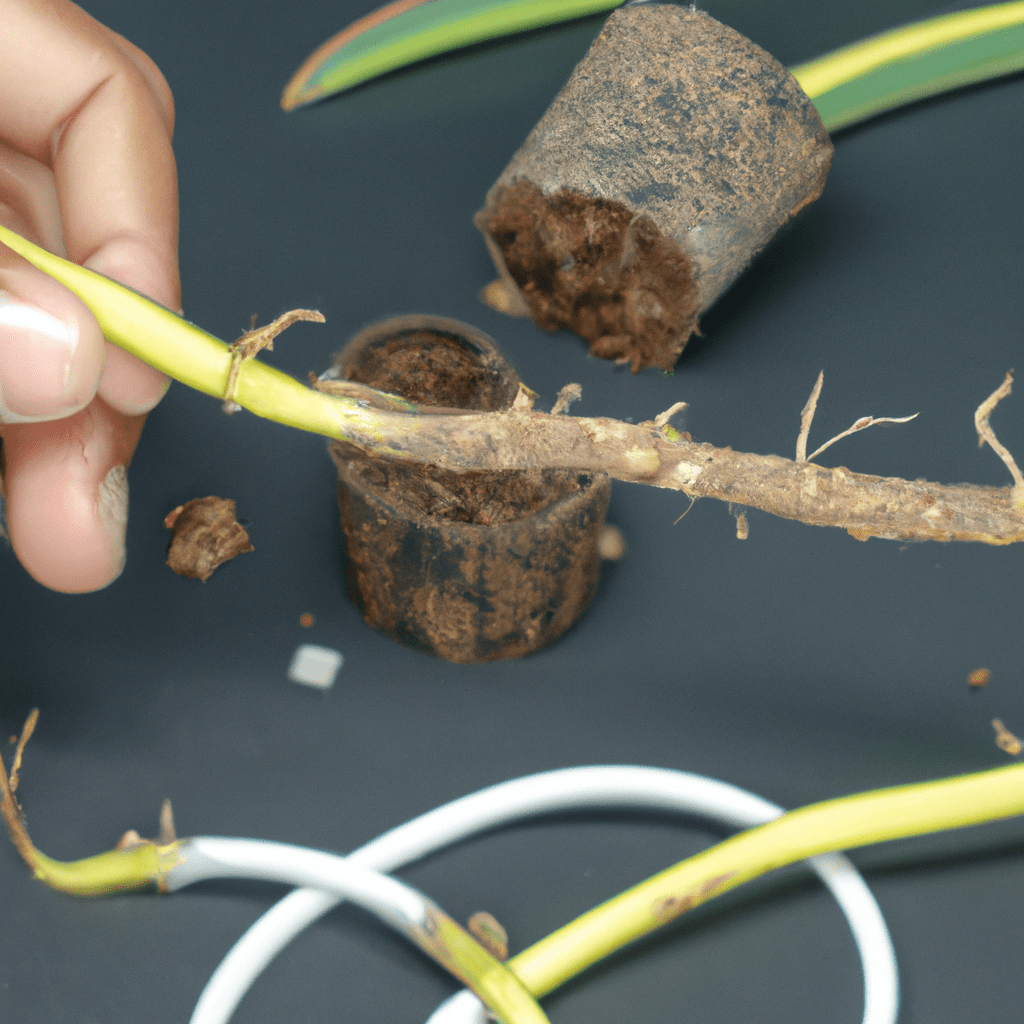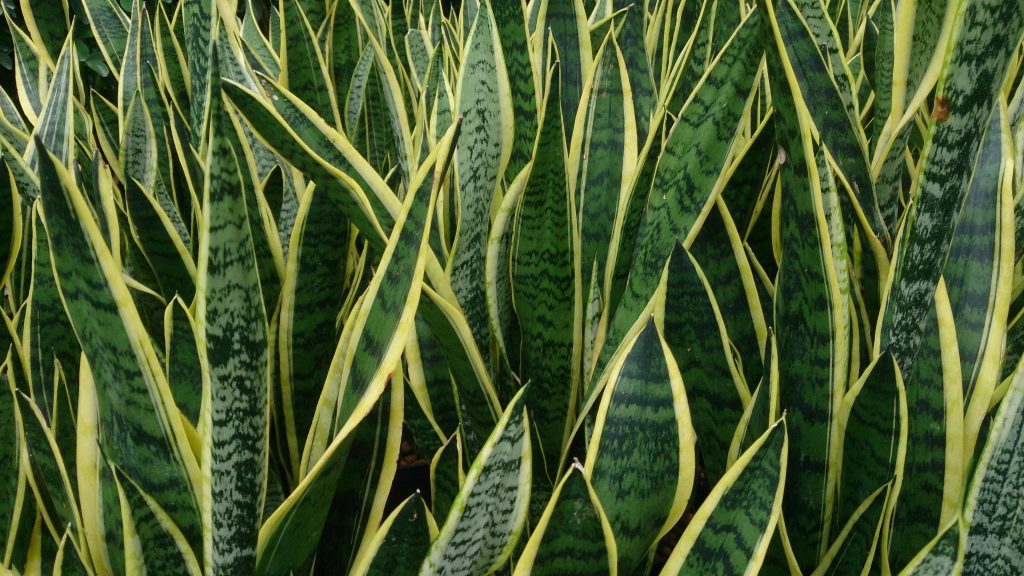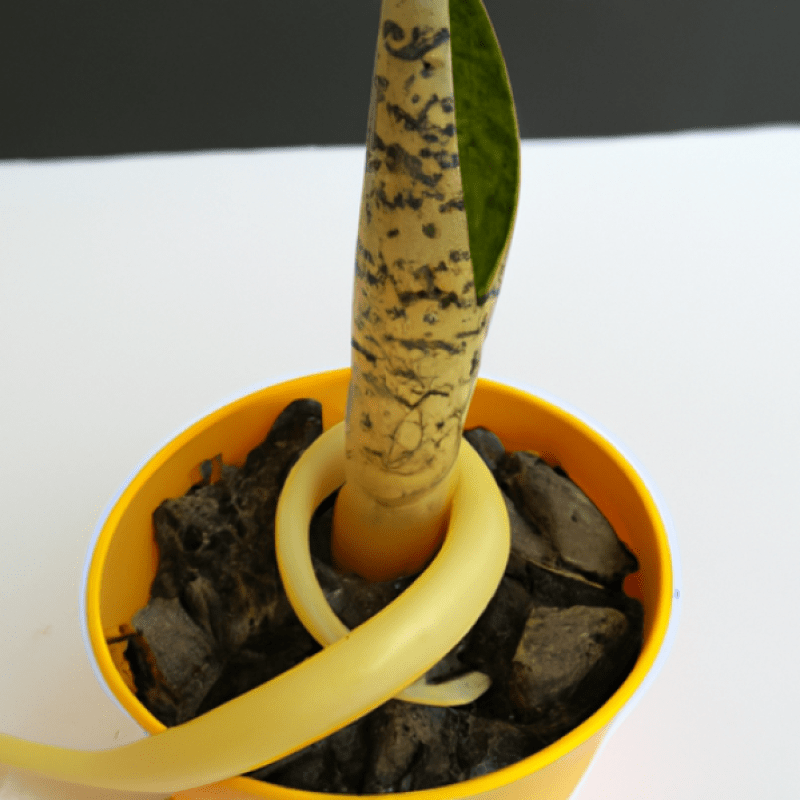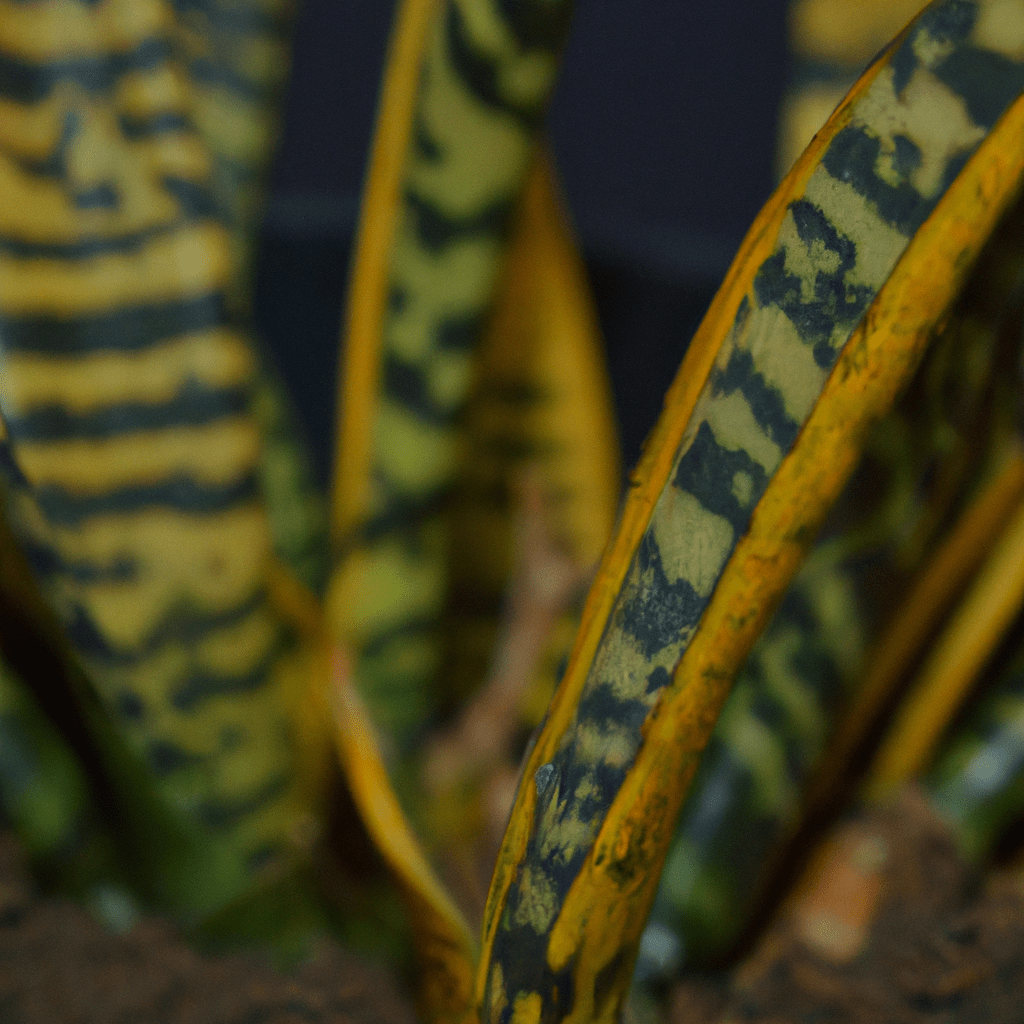Hey there plant enthusiasts! Are you ready to dive into the fascinating world of Sansevieria Cylindrica propagation? If you’ve ever wondered how to multiply these funky, snake-like plants and create an army of them, you’ve come to the right place! We’ve got all the juicy details to satisfy your curiosity and help you become a master propagator. So, grab your gardening gloves, put on your adventurous mindset, and let’s answer the top 10 questions about propagating Sansevieria Cylindrica. Let’s get our green thumbs dirty, shall we?
1. What are the different methods to propagate Sansevieria Cylindrica?
Sansevieria cylindrica, also known as cylindrical snake plant or African spear, can be propagated through various methods. These include:
– Division: Carefully divide the rhizome of a mature plant into smaller sections, ensuring each section has healthy roots and leaves. Plant these divisions in separate containers or directly into the soil.
– Leaf cuttings: Take a healthy leaf and cut it into several sections, each containing a small part of the leaf tissue. Plant these sections horizontally into a well-draining potting mix, ensuring the cut ends are buried.
– Rhizome cuttings: Cut a portion of the rhizome, making sure it has at least one healthy shoot. Plant the rhizome cutting horizontally into a suitable potting mix, leaving the shoot above the soil.
Remember to provide adequate warmth, indirect light, and appropriate moisture levels during propagation to increase the chances of success.
2. Can Sansevieria Cylindrica be propagated from leaf cuttings?
Yes, Sansevieria Cylindrica can be propagated from leaf cuttings. Here is a step-by-step guide on how to do it:
– Select a healthy leaf from the plant, preferably one that is mature and has a good shape.
– Using a sterilized sharp knife or scissors, carefully cut the leaf into sections, making sure each section has at least 2-3 inches in length.
– Allow the leaf cuttings to dry for a few days in a shaded and well-ventilated area. This will help them form a callus, which aids in root development.
– Once the cuttings have callused, prepare a well-draining potting mix by combining equal parts of perlite, peat moss, and sand.
– Plant the leaf cuttings into a shallow dish filled with water, making sure the bottom of the cuttings is submerged.
– Place the dish in a bright area with indirect sunlight and maintain a warm temperature between 70-80°F (21-27°C).
– Change the water every few days to prevent stagnation and mold growth.
– After a few weeks, small roots should start to develop from the bottom of the cuttings.
– Once the roots are well-established, transfer the cuttings into a well-draining potting mix and continue to care for them as you would with mature Sansevieria Cylindrica plants.
3. How long does it take for Sansevieria Cylindrica to root?
The rooting period for Sansevieria Cylindrica may vary depending on various factors, leading to perplexing and unpredictable durations. Burstiness in its root development further adds complexity to the process. Generally, it can take anywhere from several weeks to a few months for the roots to establish themselves. Factors such as temperature, humidity, soil conditions, and the health of the parent plant may influence the overall growth rate and perplexingly prolong or expedite the rooting duration. Burstiness in root development may result in uneven growth patterns, making it challenging to determine an exact timeframe for the process. Patience and careful observation are key when dealing with the perplexing rooting journey of Sansevieria Cylindrica.
4. What is the best time of year to propagate Sansevieria Cylindrica?
The ideal time for propagating Sansevieria Cylindrica is during the spring or early summer, when the plant is actively growing. It is recommended to propagate this species using leaf cuttings or division. When taking leaf cuttings, select healthy leaves and let them callus for a few days before planting them in a well-draining potting mix. Division can be done by separating the rhizomes and planting them in separate containers. Ensure that the newly propagated plants receive adequate light, warmth, and moisture to facilitate successful growth.
5. What type of soil is best for propagating Sansevieria Cylindrica?
Sansevieria Cylindrica, also known as the cylindrical snake plant or African spear, thrives in well-draining soil. The ideal soil composition for propagating this plant should possess the following characteristics:
1. Loamy Texture: A mix of sand, silt, and clay provides a balance between water retention and drainage.
2. Porosity: The soil should be porous to allow air circulation and prevent waterlogging.
3. Organic Matter: Adding compost or organic material improves the soil’s nutrient content and enhances moisture retention.
4. pH Level: Sansevieria Cylindrica prefers slightly acidic to neutral soil (pH 6-7).
5. Avoid Heavy Soils: Clay-based or compacted soils impede root growth and can lead to rot.
Ultimately, a well-draining, loamy soil with good porosity and organic matter content will provide an optimal environment for propagating Sansevieria Cylindrica.
6. Do I need to use rooting hormone when propagating Sansevieria Cylindrica?
Yes, utilizing rooting hormone when propagating Sansevieria Cylindrica is not compulsory as this fascinating plant has the remarkable ability to propagate through various techniques. Whether you choose to apply rooting hormone or not, the Sansevieria Cylindrica can still propagate through leaf cuttings, division, or even by planting the offsets it produces. However, employing rooting hormone may enhance the chances of successful propagation and expedite the rooting process. It is important to note that while rooting hormone can be beneficial, it is not indispensable for propagating this resilient plant.
7. How often should I water the propagated Sansevieria Cylindrica?
Sansevieria Cylindrica requires infrequent watering to thrive. It is crucial to let the soil dry out completely between waterings, as overwatering can lead to root rot. A general guideline is to water the propagated Sansevieria Cylindrica every 2-3 weeks during the growing season and reduce watering frequency to once a month during the dormant period. However, individual factors such as temperature, humidity, and pot size should also be considered. Always check the soil moisture level before watering and adjust accordingly. Remember, it is better to underwater than overwater this plant.
8. Are there any common problems or challenges when propagating Sansevieria Cylindrica?
Propagation of Sansevieria Cylindrica presents a puzzling array of challenges and conundrums. One may encounter difficulties such as:
- The enigma of inadequate watering, leading to the perplexing problem of root rot. A delicate balance must be achieved in providing adequate moisture without suffocating the roots.
- The enigmatic mystery of suitable soil composition, as this species requires well-draining soil to prevent the quandary of waterlogged roots.
- The vexing puzzle of temperature requirements, as Sansevieria Cylindrica prefers warm environments and is adversely affected by cold temperatures.
- The mind-boggling dilemma of pest infestations, with common culprits including spider mites and mealybugs, presenting an ongoing challenge to successful propagation.
In this complex landscape of propagation, mastering the enigmatic art of adapting to these challenges will unlock the secrets to successfully propagating Sansevieria Cylindrica.
9. Can Sansevieria Cylindrica be propagated in water?
Yes, Sansevieria Cylindrica can be propagated in water. The process involves these steps:
– Select a healthy leaf from the mother plant.
– Cut the leaf into sections, each containing at least one inch of the cylindrical part.
– Place the leaf sections in a container filled with water, ensuring that the cut ends are submerged.
– Keep the container in a bright, indirect light location.
– Change the water every few days to prevent stagnation and ensure oxygen supply.
– After a few weeks, roots will begin to grow from the cut ends of the leaf sections.
– Once the roots are established, transfer the propagated Sansevieria Cylindrica into well-draining soil, and continue caring for it as you would with a mature plant, including regular watering and indirect sunlight.
10. How should I care for the newly propagated Sansevieria Cylindrica?
Water:
– Water sparingly, allowing the soil to dry out completely between waterings.
– Avoid overwatering as it can lead to root rot.
– Water only when the top inch of the soil feels dry to the touch.
Light:
– Place the Sansevieria Cylindrica in bright indirect light.
– It can tolerate low light conditions but will grow slower.
– Avoid direct sunlight as it can scorch the leaves.
Temperature and Humidity:
– Maintain temperatures between 65°F to 85°F (18°C to 29°C).
– Sansevieria Cylindrica can tolerate a wide range of humidity levels, but prefers average room humidity.
Soil and Fertilizer:
– Use well-draining soil with a mixture of potting soil, perlite, and sand.
– Fertilize sparingly during the growing season with a balanced houseplant fertilizer.
Propagation:
– Sansevieria Cylindrica can be propagated by division or leaf cuttings.
– Division is best done during repotting when the plant has outgrown its current container.
– Leaf cuttings can be taken from healthy leaves and placed in moist soil or water until roots develop.
General Care:
– Keep the plant away from cold drafts and sudden temperature changes.
– Rotate the plant regularly to ensure even growth.
– Remove any dead or yellowing leaves promptly.
– Sansevieria Cylindrica is a slow-growing plant, so be patient with its growth.
And there you have it, folks! We’ve covered the ins and outs of propagating Sansevieria Cylindrica in this wild journey of a guide. From the basics to the nitty-gritty details, we’ve answered ten burning questions that will surely set you on the path to Sansevieria success.
So, grab your gardening gloves, put on your propagating hat, and get ready to unleash your inner plant wizard. With a little love, patience, and a whole lot of passion, you’ll soon be surrounded by a lush forest of Sansevieria Cylindrica babies.
Remember, don’t be afraid to experiment and make mistakes along the way. Propagating is all about trial and error, and sometimes the best discoveries come from happy accidents. So, go ahead and take risks – just don’t forget to learn from them!
Whether you choose to divide the rhizomes, separate the offsets, or embark on the thrilling adventure of leaf cuttings, remember to treat your Sansevieria with care and watch them grow with pride. Witnessing new shoots emerge and roots take hold is a joy like no other, and before you know it, you’ll have an army of Sansevieria babies to call your own.
So, as you embark on this propagating journey, keep your eyes peeled for the signs of success – new growth, healthy roots, and an ever-expanding Sansevieria family. And if you need a little extra guidance along the way, don’t hesitate to revisit this article, because we’re here to cheer you on every step of the way.
Now, go forth, plant lovers, and let the propagation magic begin! Have fun, get your hands dirty, and soon enough, you’ll be a Sansevieria propagating pro. Happy propagating!



